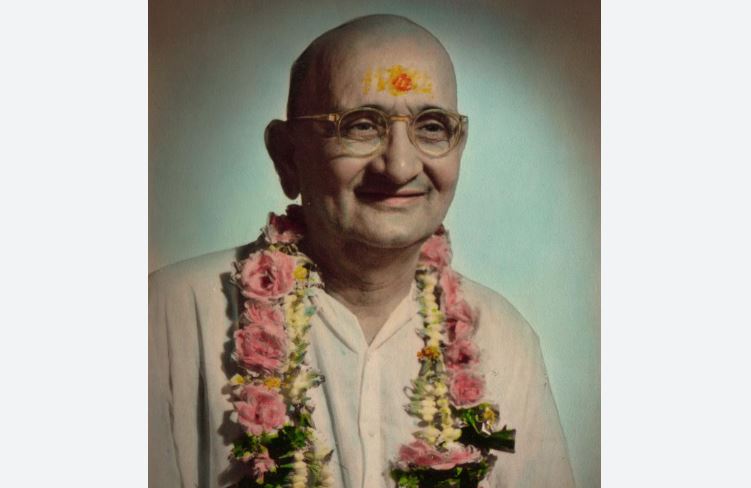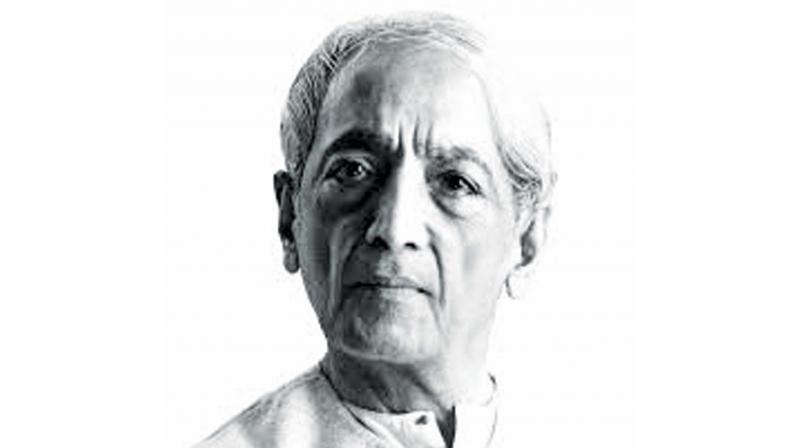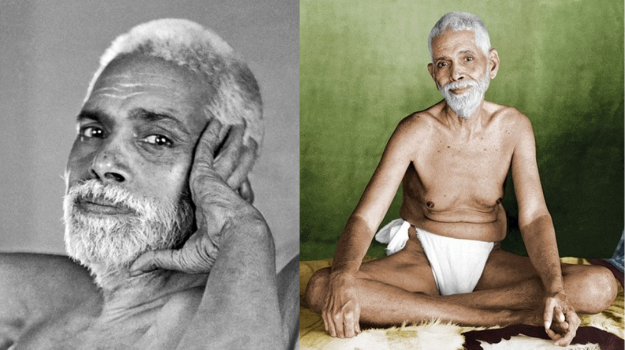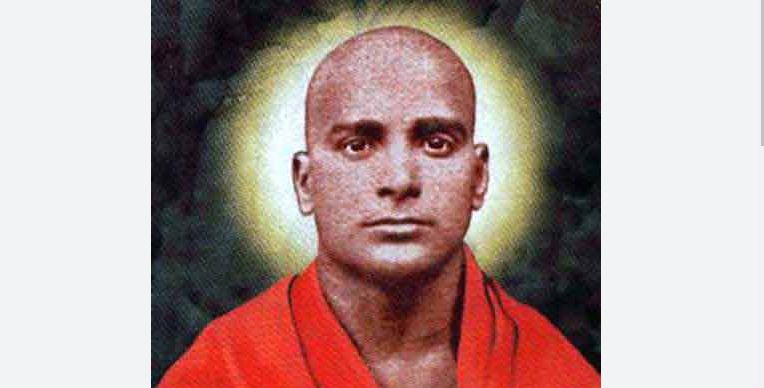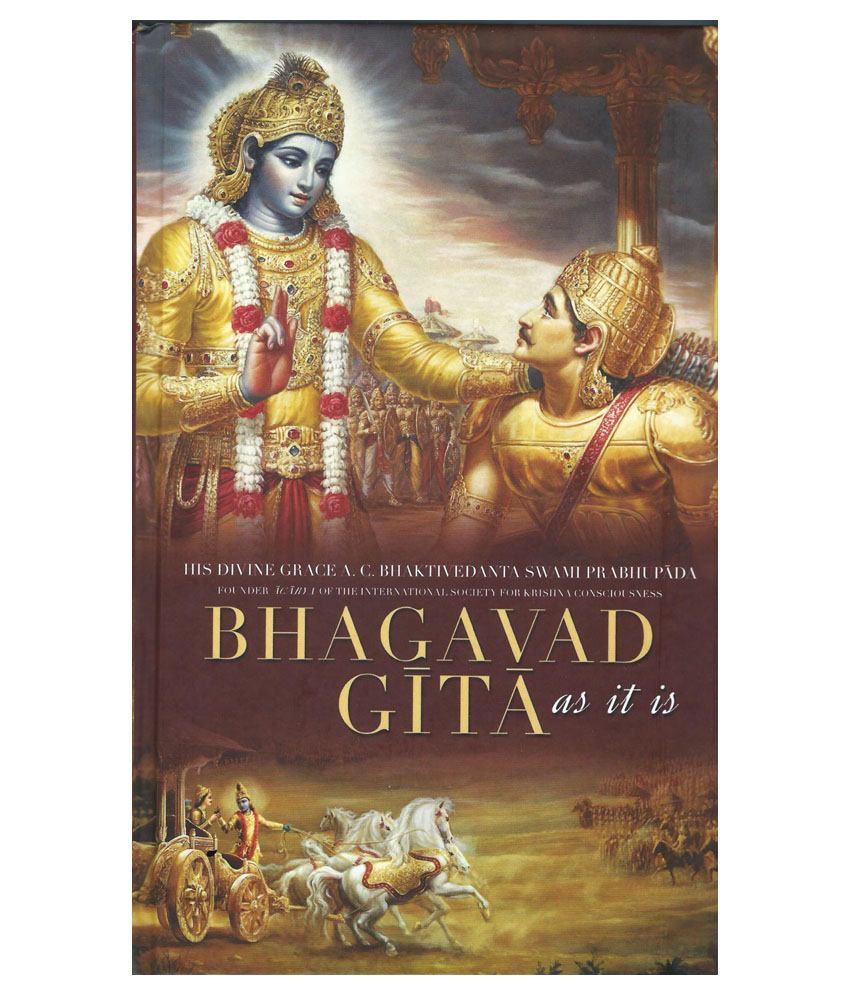 Sri Aurobindo
Sri Aurobindo
The Gita can be divided into three sections:
The whole object of the first six chapters is to synthesize in a large frame of Vedantic truth the two methods, ordinarily supposed to be diverse and even opposite, of the Sankhyas and the Yogins. The Sankhya is taken as the starting-point and the basis; but it is from the beginning and with a progressively increasing emphasis permeated with the ideas and methods of Yoga and remolded in its spirit.
The practical difference, as it seems to have presented itself to the religious minds of that day, lay first in this that Sankhya proceeded by knowledge and through the Yoga of the intelligence, while Yoga proceeded by works and the transformation of the active consciousness and, secondly, – a corollary of this first distinction, – that Sankhya led to entire passivity and the renunciation of works, sannyāsa, while Yoga held to be quite sufficient the inner renunciation of desire, the purification of the subjective principle which leads to action and the turning of works Godwards, towards the divine existence and towards liberation. Yet both had the same aim, the transcendence of birth and of this terrestrial existence and the union of the human soul with the Highest. This at least is the difference as it is presented to us by the Gita. (Essays on the Gita, p 75)
Nature of Divine Being
The seventh to the twelfth chapters lay down a large metaphysical statement of the nature of the Divine Being and on that foundation closely relate and synthesize knowledge and devotion, just as the first part of the Gita related and synthesized works and knowledge. The vision of the World-Prussia intervenes in the eleventh chapter, gives a dynamic turn to this stage of the synthesis and relates it vividly to works and life.
Thus again all is brought powerfully back to the original question of Arjuna round which the whole exposition revolves and completes its cycle. Afterwards the Gita proceeds by the differentiation of the Purusha and Prakriti to work out its ideas of the action of the gunas, of the ascension beyond the gunas and of the culmination of desireless works with knowledge where that coalesces with Bhakti, – knowledge, works and love made one, – and it rises thence to its great finale, the supreme secret of self-surrender to the Master of Existence.” (Essays on the Gita, p 251)
The Gita in its last six chapters, in order to found on a clear and complete knowledge the way of the soul’s rising out of the lower into the divine nature, restates in another form the enlightenment the Teacher has already imparted to Arjuna. Essentially it is the same knowledge, but details and relations are now made prominent and assigned their entire significance, thoughts and truths brought out in their full value that were alluded to only in passing. (Essays on the Gita p 395).
Gita Jayanti is being celebrated on Dec 18

